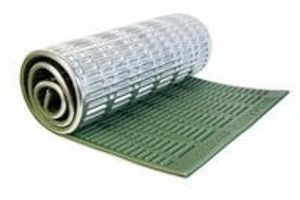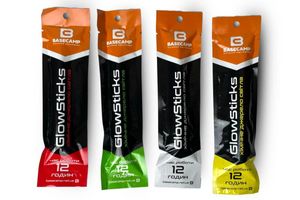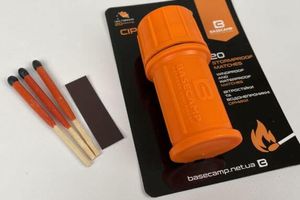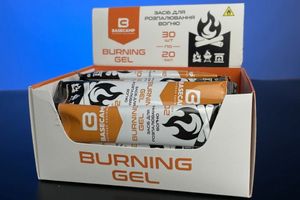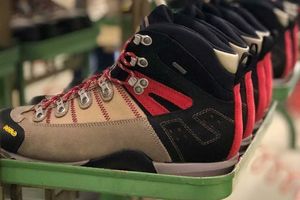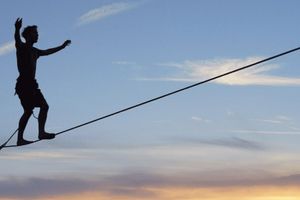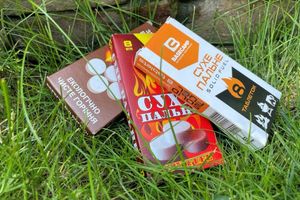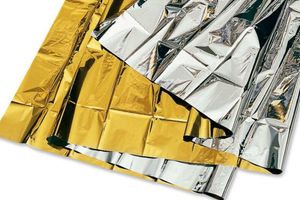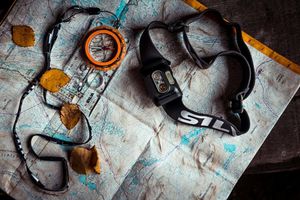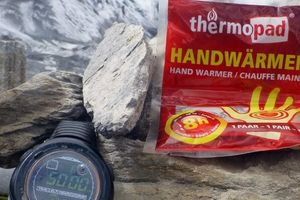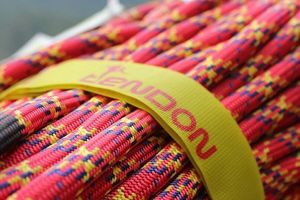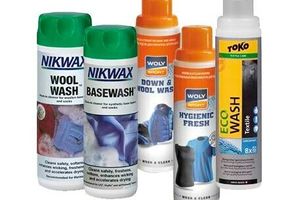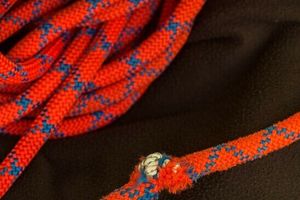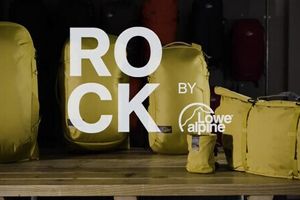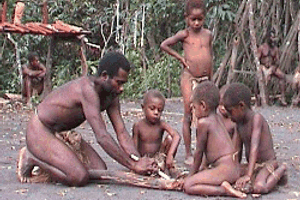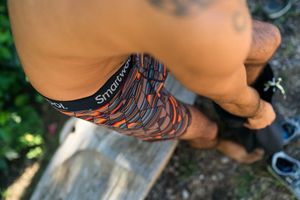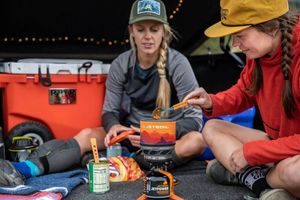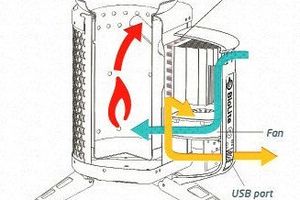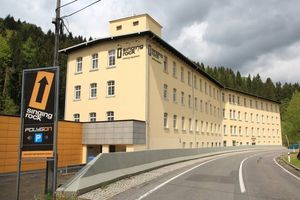Sports climbers, regular climbers, rescuers, law enforcement officers and high-rise construction workers trust their lives to ropes and high-quality belay equipment. This is the most important element of equipment, on which depends the victory in competitions or the performance of difficult work at height, associated with the use of complex equipment and knowledge of how to handle this equipment.
Cleaning and care of the rope, exposure to chemicals
As the static or dynamic rope gets dirty (working or transporting it in bad weather conditions), every user will face the need for washing and cleaning.
Dirty rope can be washed by hand or in a washing machine in warm water at a temperature of up to 30°C without the use of non-specialized detergents. Do not use washing and cleaning powders! For a better washing effect, you can use TENDON ROPE CLEANER detergent. After washing, be sure to rinse the rope well with clean water and dry it in a dry place without direct sunlight.
The rope should not come into contact with chemicals such as paints, mastics, solvents during storage. Do not use rope with traces of chemicals (paints, mastics). Chemical damage to the rope is usually not obvious at first glance.
To disinfect the rope, use a mild 1% solution of hypermanganese or MIRAZYME.
Negative influence of moisture and icing on the service life of static and dynamic ropes
If the rope is wet or frozen, its dynamic properties and strength are significantly reduced, especially the strength in the knots. Friction against stones, carabiners or other sharp edges is the most common way of mechanical damage to a rope.
Dust, penetrating into the structure of the rope with moisture, causes its slow wear. Friction and subsequent thermal effects during descent can damage the braid of the rope and reduce its strength and durability.
In the model range of static and dynamic ropes produced by world leaders, there are models of ropes with full or partial permeation (weave permeation or core permeation). Such ropes are less prone to abrasion and wetting during operation.
If possible, always use a casing (protector) to protect the rope in places where it rubs against the surface of stones or walls.
Storage and aging of the rope due to use
Do not store ropes near radiators or other heat sources. Also, do not store rope bays in direct sunlight (refers to shop windows). Humidity and temperature in the storage room should be around 60% and 20°C (recommended values). The ropes must not come into contact with any chemical substances (organic chemicals, oils, acids) and their vapors. If there are traces of chemicals - do not use the rope!
Inspect the rope visually and by touch after each day of use, after each fall or jerk, after each climb if you use cats and ice axes.
During the visual inspection, pay attention to the fraying of the braid (it should not exceed 20%, that is, no more than 2 out of every 10 threads of the braid). In the case of tactile analysis, when bending, it should form the correct bending radius. If you find negative signs, ruthlessly cut out this piece and do not use it in your work or travels.
If a climber uses dynamic ropes for construction work at height or in rescue work, he must ensure that they are inspected at least once every twelve months by a person authorized by the manufacturer.
The manufacturer is not responsible for accidents caused by the use of a damaged rope that should have been taken out of service. Decommissioned rope must be marked or destroyed in such a way as to exclude its further use by other people.
Aging of dynamic ropes during operation
These natural processes affect the service life of the rope, depending on the frequency of use and the intensity of use. External influences, such as abrasion, pollution, mechanical load (static load), work with a rope (lifting or lowering devices), load during a fall (dynamic load), intense UV radiation, aggressive climatic conditions, etc., reduce the reserve strength of any rope.
Abrasion causes a gradual weakening of the strength of the braid. The stronger the abrasion, the more clearly it manifests itself in the "fluffy" flyover, and the less its load capacity and the related protective effect on the rope core. Particles of dirt and stones penetrating the rope lead to abrasion of the thin fibers of the core and braid.
The particles act like abrasive sand and lead to a significant reduction in the diameter of the fibers, especially with frequent descent / ascent.
A strong dynamic load upon failure causes a loss of the strength of the rope - the ability of the rope to extinguish dynamic (shock) energy
Each manufacturer provides technical specifications for its products and declares such properties as:
- linear stretching
- maximum breaking load
- the minimum permissible number of jerks at a factor of 1 or 2. This indicator is very important for dynamic ropes
- shrinkage factor, etc
Lifetime recommendation from manufacturers in accordance with all general guidelines for safe handling of dynamic ropes:
- Intensive daily use (climbers, mountain guides, artificial walls) - less than 1 year.
- Normal use on weekends (year-round) - from 1 year to 2 years.
- Regular use on weekends (seasonal) - from 2 to 3 years.
- Episodic use (for recreational purposes once a month) - from 3 to 5 years.
- Unused rope - from 5 to 10 years



